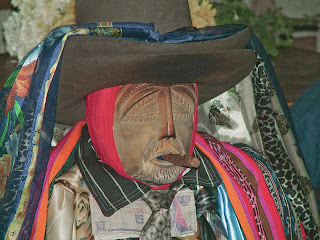It is hard to comment on the images from National Geographic; I subscribe to the magazine, partly because I am intersted in natural history, anthropology, geology etc, but also because it gives me access to stunning photographs. So selecting individual shots out for a particular merit is tough, because they are all amazing. The October 2012 edition had a particularly interesting and saddening article about ivory poaching and the plight of the donor elephants. The associated images are distressing yet compelling. Not images to hang on the wall, but images that give you so much information that you actually don't need to read the article to get the message. In contrast, I really enjoyed looking at the landscape views of the "Sky Caves of Nepal" and the charming sequence "Once Upon a Home" showing some animals that had moved into deserted cottages in Finland.
Whilst reading the October edition, I noticed that a number of images that could have been cropped to square format with central composition, were left rectangular with composition following the rule of thirds. This provides a sense of space and a dynamic relationship between the subject and its environment. For instance, the turtle on page 96 would have worked very well as a centrally composed portrait of the turtle, but including more of the background water and sea plants tells you something about the space that the turtle occupies. Something to remember...
One image though that I particularly liked was the picture of the whale shark on page 145 taken by Brian Skerry called "Big Fish, Little Fish": a simple and striking colour pallette of turquoise, shades of grey and white, centrally composed without any distracting information in the background and a sucker fish in the shark's mouth just off-centre towards the bottom LFS. The photographer said that the shark would not eat either the fish nor him, yet nonetheless I bet he was scared! The presence of the little sucker fish contrasts and highlights the enormity of the whale shark.
To see the image, go to: http://ngm.nationalgeographic.com/2012/10/mesoamerican-reef/skerry-field-notes






